Why Bike Parking and Other End of Trip Facilities are Vital!
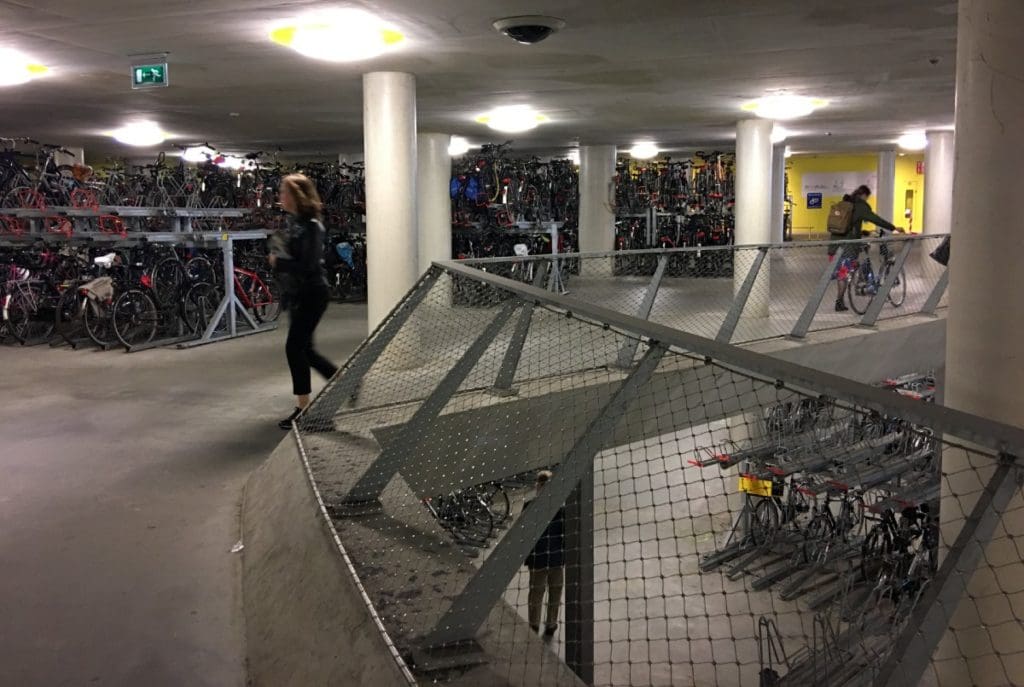
Here’s a tale of two cities.
In 2017 I had the pleasure of attending the Velo-City conference jointly hosted by the cities of Arnhem and Nijmegen in the Netherlands.
Arnhem is a relatively small city of approximately 160,000 inhabitants. Yet its modern train station which took no less than 20 years to plan, fund and build before it was fully completed and opened in 2016, has sweeping architectural curves that rival the Sydney Opera House.
Within the heart of the station with direct access to both the platforms and outside is storage for 5,000 bicycles.
As you can see from the photos accompanying the article, the access and parking is all state of the art, ride in / ride out.
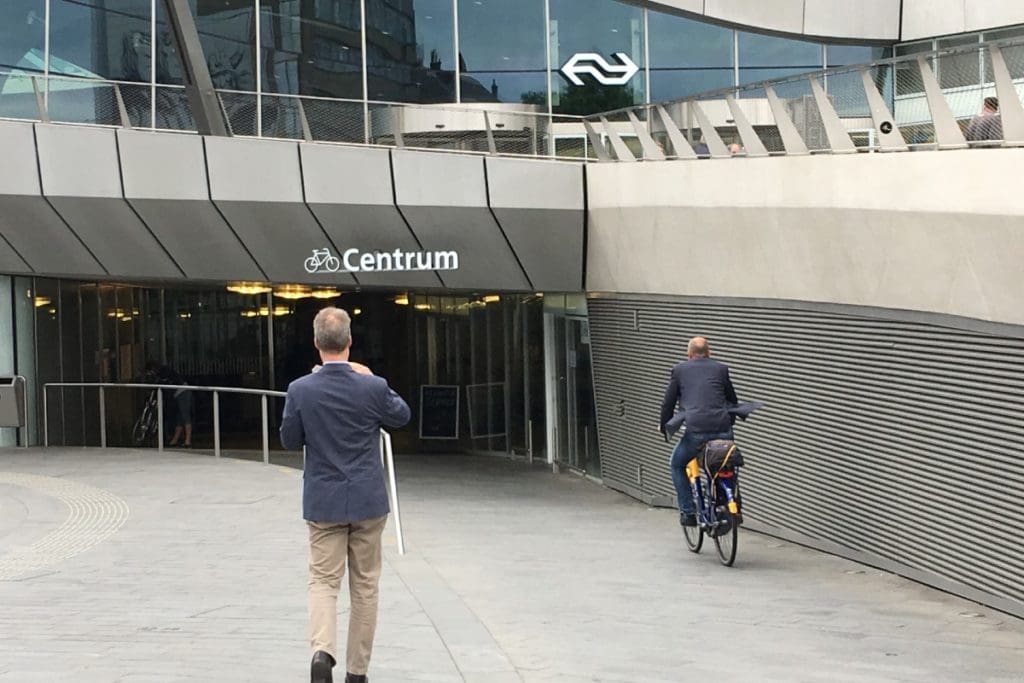
Of course, apart from its architectural beauty, there was nothing exceptional about Arnhem station’s bike parking facilities. Other Dutch train stations have far more spaces than that.
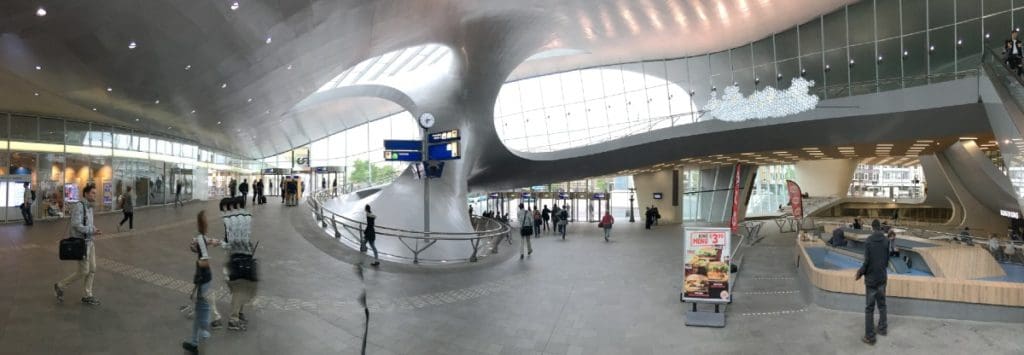
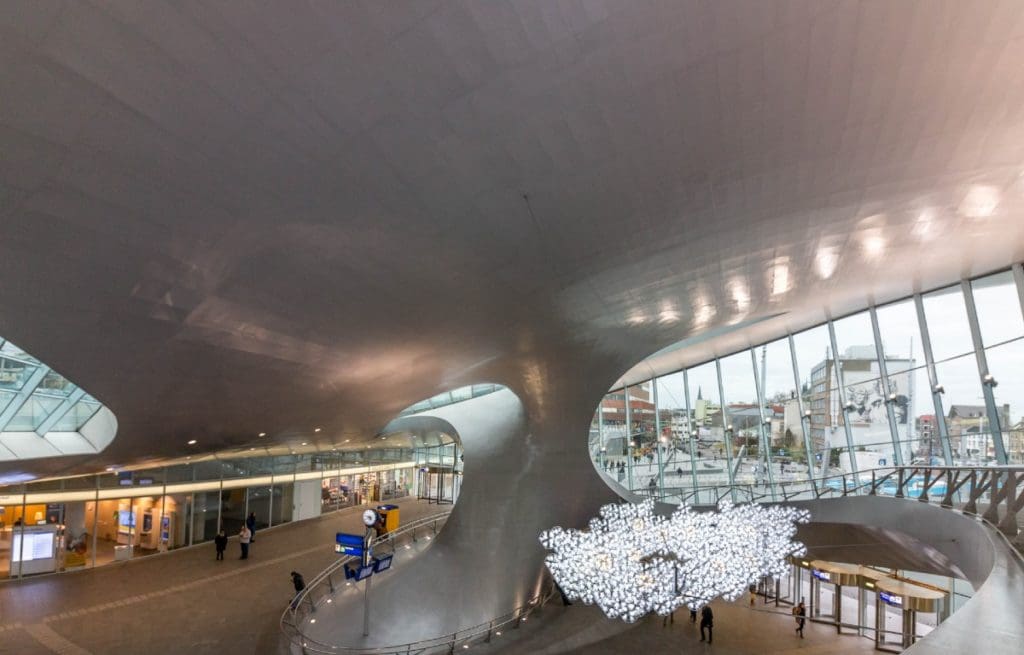
For example, when Utrecht built a new railway station they put in 12,500 bicycle spaces in a three level underground bike park opened in 2019, once again right under the platforms.
The Dutch have realised that train travel can be enhanced by making it easy for travellers to ride to the station at their departure and from the station at their destination.
A study(1) showed that in 2016, 43% of all train journeys involved a bike ride at the home end and 14% at the activity end of the journey. Not surprisingly rail travel, which was already popular, has been growing steadily in the Netherlands.
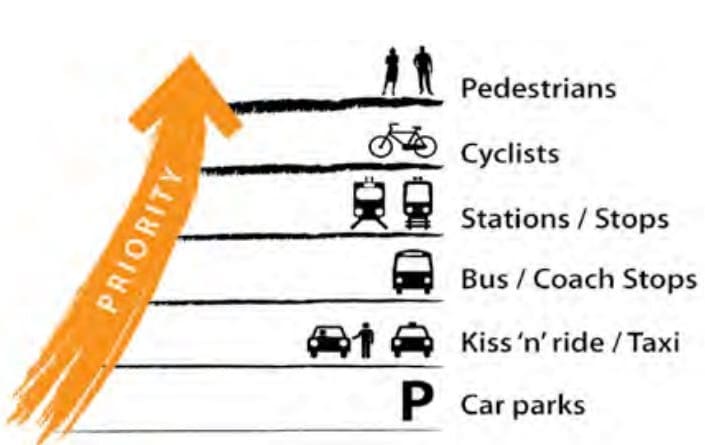
Meanwhile, from memory it was very shortly after I returned to Australia that I attended a transport conference in Sydney where a senior official from the then under construction Sydney Metro came and proudly shared a power point presentation about how at all of their new stations, the priority for transport modes to access the stations would be 1. Pedestrians, 2. Cyclists, 3. Public Transport (other trains, buses, light rail) 4. Taxis and kiss ‘n’ ride, 5. Car parks.
At the end of her presentation I asked, ‘How many bike parking spaces are being allocated?’
‘Three hundred,’ she said proudly. ‘300 per station?’ I queried. ‘No, for the whole line,’ she replied, referring to the entire first stage for 13 stations from Tallawong to Chatswood. That’s an average of 23 spaces per station. Further questioning revealed that there was a fight to even get that many, with commercial pressures to use the space for more rentable shopping instead.
Meanwhile giant multi storey commuter car parking stations for their ‘lowest priority’ access mode totalled 4,000 free car spaces, no doubt each space costing a large multiple of each bike space to construct.
Given that conservatively you can fit 12 bikes into one car space (actually the ratio is greater when access space is taken into account) that means approximately 160 square metres of car parking space constructed per one metre of bike parking space. (13.3 times more spaces multiplied by 12 times the area per space).
Arnhem’s new railway station has car parking too, but 1,000 spaces, one for every five bicycle parking spaces, a sixty times lower car to bike space ratio than Sydney Metro’s.
Unfortunately Sydney Metro is the norm for Australian public transport bike parking, not the exception.
With just a little thought and a very small expenditure compared to the train system itself, Australian cities could vastly enhance the usage rates and effectiveness of our public transport systems, enjoying all the benefits that would flow from that decision for travellers and our urban environments.
- The bicycle-train travellers in the Netherlands: personal profiles and travel choices. By Olaf Jonkeren, Roland Kager, Lucas Harms & Marco te Brömmelstroet Published 26th October 2019
